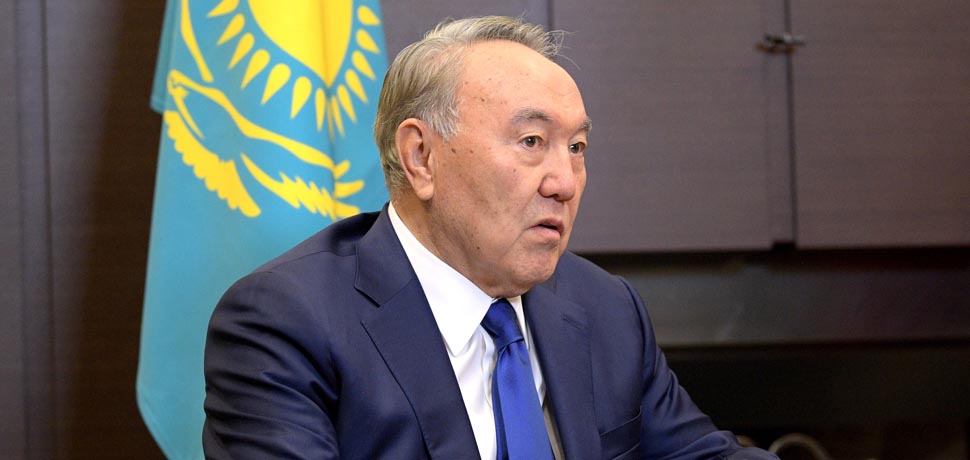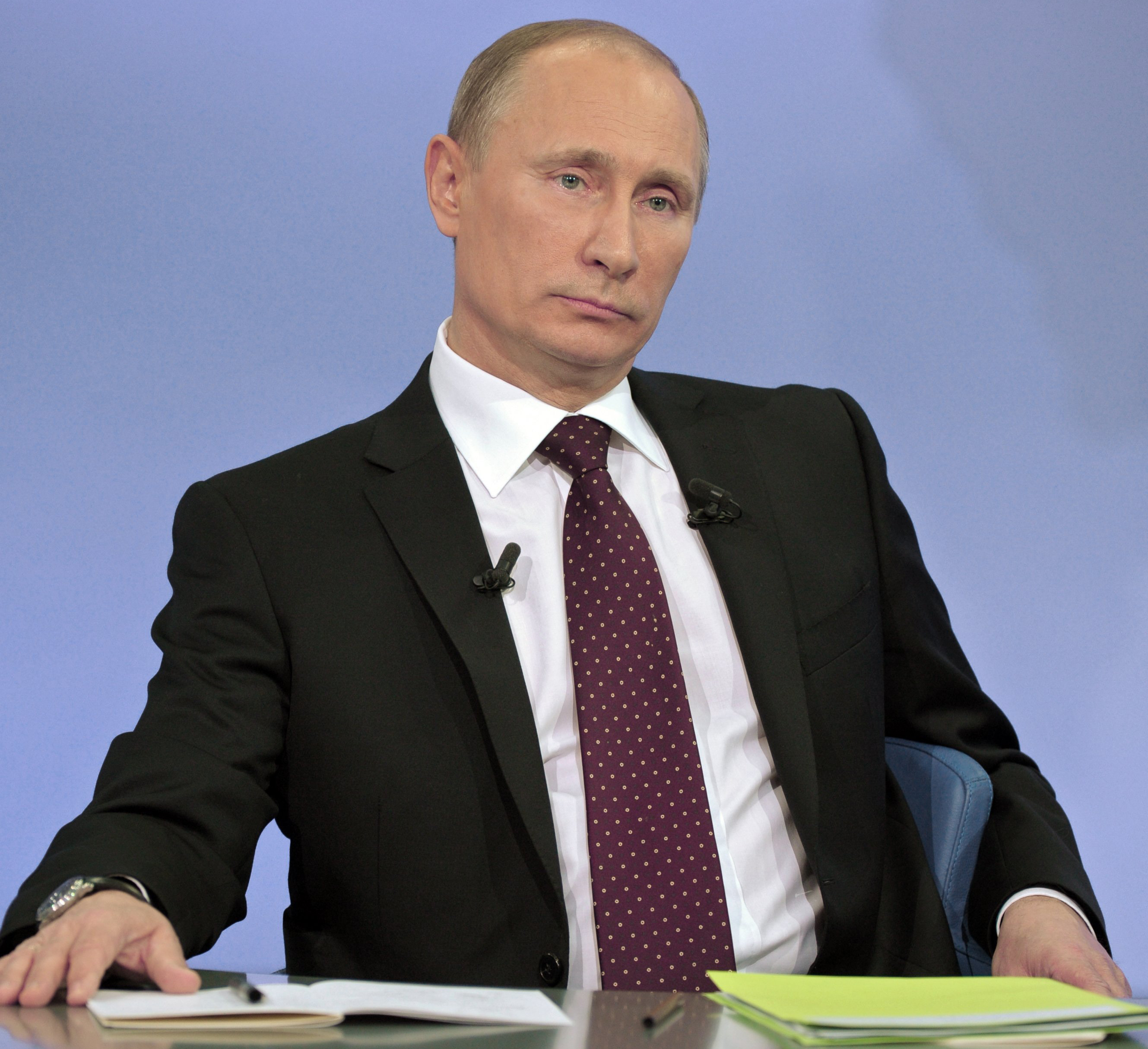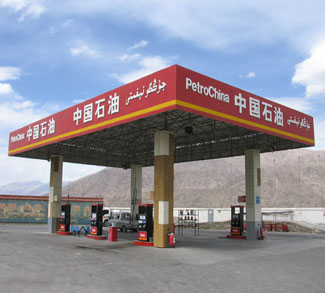The recent protests and riots in this former soviet Central Asian country brought Kazakhstan into the international media spotlight. Unlike some other parts of the former USSR, Kazakhstan has remained a big ‘terra incognita’ for most of the world. For many, the notoriously misleading comedy character Borat is the only association with the country. People around the world are trying to make sense of what happened on in the streets of Kazakhstan, trying to understand the reason why Kazakhs had taken on streets in this relatively well off post-Soviet country right at the start of the new year. What kind of country is Kazakhstan? Why did Russia and its allies send troops to pacify the protests? Are there any geopolitical implications for the current situation? What does the future hold for the country? The answer is simple and complex at the same time.
The protests began on 2 January 2022 in the southwest of the country, in the city of Zhanaozen. They were triggered by a sharp increase in liquefied gas prices in the new year, which rose from 60 to 120 tenge. Zhanaozen is a city known for its protests; it is where, in 2011, gas and oil workers struck for six months demanding higher wages. The authorities clamped down the protest by force, and reportedly, dozens of protesters were killed and over 80 injured by security forces. However, this time, the protests against rising gas prices rapidly spread to other regions. A day later, the authorities began to react, promising to reduce gas prices. Still, the protesters’ demands turned from purely socio-economic to political ones. The most common protest slogan across the country was “Old man, leave!” That was an appeal to Kazakhstan former President Nursultan Nazarbayev, who occupied the top position for three decades. However, since March 2019, he has not held the post.
So why were people demanding that he leave? What did they exactly mean? Three years ago, the 78-year-old autocrat Nazarbayev transferred the presidential office to the head of the Senate, Kassym-Jomart Tokayev. In the meantime, Nazarbayev retained for life a position as the head of the Security Council, and his protégés remained in key roles in the state and economy. Thus, the transit of power to Tokayev was rather formal. In fact, the country continued to be ruled by Nazarbayev and his relatives. Over the years, Nazarbayev’s authoritarian regime created a personality cult. He gave himself the title of Elbasy – the leader of the nation. His monuments have been erected throughout the country, and even the country’s capital Astana was renamed Nur-Sultan after him.
Kazakhstan is rich in raw materials, and its economy is largely based on the exports of oil, natural gas, uranium, coal, gold, chromium, zinc, copper, lead and other primary commodities. Transnational corporations such as Shell, Exxon Mobil, Chevron made significant investments in the country. Exports bring substantial income, making Kazakhstan a relatively well-off country with a GDP per capita of about $9,700. In comparison, the annual GDP per capita in the neighbouring former Soviet republics such as Tajikistan is $900; in Uzbekistan, it is $1,800, and in Kyrgyzstan, it is $1,300. The problem, however, is that the distribution of the country’s income is very uneven, the bulk of which is concentrated in a small elite that has become extremely rich. At the same time, most people live from paycheck to paycheck. Also, the economy’s structure based on the extraction of raw materials does not create enough jobs for the wider population. The country’s high birth rate, combined with the absence of any meaningful system of social lifts for its young people, who are largely doomed to low-paying jobs or unemployment, further complicate the situation. Meanwhile, cronyism and large scale corruption at the country’s top is well known to the Kazakh public. Only a few dozen of people close to Nazarbayev, the top members of his clan, are leading the Forbes Kazakhstan list of the country’s wealthiest billionaires and multi-millionaires. Growing dissatisfaction with this social situation in the country eventually resulted in protests, provoked by a sharp rise in gas prices.
Compared to the recent protests in other post-Soviet countries such as Belarus, the demonstrations in Kazakhstan were more dynamic and radical, including acts of violence towards security forces. This is a result of a number of factors. Firstly, it is a demographic factor, as the average age of Kazakhstan’s population is about 30 years – 10 years younger than in Belarus. Thus the radicalization of the protests was greater. Also, in the countryside in the south, the socio-economic situation is particularly bad. Thousands of young, not well educated people from poor families desperate to get out of poverty moved to the suburbs of large cities, and many of them joined criminal gangs. These gangs of young criminals were primarily responsible for violence and looting. Kazakhstan is a vast country with a very low population density; thus, it was difficult for the authorities to quickly move law enforcement forces, contributing to anarchy in some cities. Importantly, in a country with no organized opposition, which was eliminated by the authoritarian regime and a very weak civic society, this spontaneous rebellion lacked leadership.
As with any other autocracies, the country’s regime lacks transparency, is dominated by informal politics, with most political life being conducted behind closed doors. The lack of an independent free press accompanied by Internet outages across the country during the protests and the information vacuum from the government agencies gave rise to many, often conflicting views about the essence of the events, including many conspiracy theories. What is known for sure is the mass character of the protests. Many Kazakhs dissatisfied with the unfair distribution of resources, lack of prospects, and the top corruption took part in the rallies across the country.
The demographics, poverty and lack of prospects for many young people partly explain the radicalism and violence, looting and vandalism. However, still, there are some questions to be answered. The rebels were able to seize administrative buildings, police stations and weapons quite easily. Meanwhile, on 5 January, just three days since the beginning of the protests, Tokayev removed Nazarbayev from the post of chairman of the Security Council and took that post himself. The next day Tokavev ordered the arrest of one of Nazarbayev’s most trusted men, the head of the country’s security services Karim Massimov, on suspicion of treason. President Tokayev has swiftly removed other Nazarbayev allies from their positions. A version of the events which seems the most realistic suggests that the Nazarbayev clan tried to use the protests to weaken the position of President Tokayev, who began to rebuild a power vertical of his own, which Nazarbayev saw as a threat. According to this version, the chaos in Almaty and other places, when the authorities could not control the situation for several days, was purposely organized by the competing clan to undermine the growing influence of Tokayev.
Since, seemingly, the president did not trust the country’s security forces, he turned to the Collective Security Treaty Organization (CSTO) for help. This de facto means he turned to Russia, which acted decisively and harshly crushed the uprising. Over 200 protesters were killed, several thousand were arrested. The outcome of these events is that Tokayev’s clan took control over the country, replacing Nazarbayev’s clan in power. However, it has profound geopolitical implications for Kazakhstan, because Tokayev in exchange for assistance in retaining and consolidating his power, increased the country’s dependence on Russia. President Nazarbayev during his three decades in power, while maintaining good relationships with the Kremlin, was able nevertheless to significantly strengthen his country’s sovereignty, gradually weakening dependency on Russia. The Kazakh language was made the primary official language in the country, where 70 % of the population are ethnic Kazakh. The Cyrillic alphabet was replaced by the Latin one. The revival of the national culture of the country began. Kazakhstan started to get rid of the inferiority complex imposed by Russian imperial mythology. All pro-Russian organizations and movements were ruthlessly suppressed. Strong economic ties were built with the West and China. Seemingly now Kremlin has seized the opportunity to regain its influence in this Central Asian country.
It is noteworthy that some politicians in Russia even called for Kazakhstan’s accession to Russia during the crisis. It is also important to note that Kazakhstan has a significant Russian minority of about 20 per cent of its population. Some politicians in Russia openly call to annex the northern part of Kazakhstan, claiming it ‘historic Russian lands’ where over 50 per cent of the population are ethnic Russians in many areas. Indeed, the threat to Kazakhstan’s statehood and territorial integrity is real, especially in light of Putin’s recent demands to the West to return the post-Soviet space into the sphere of its influence. In these circumstances, if Tokayev will not implement any meaningful reforms that address the causes of the protests, civil unrest is likely to repeat itself over again, jeopardizing the country’s security and even its statehood. So far, Tokayev has won, but whether he will be able to stay in power and ensure Kazakhstan’s independence remains a big question.




